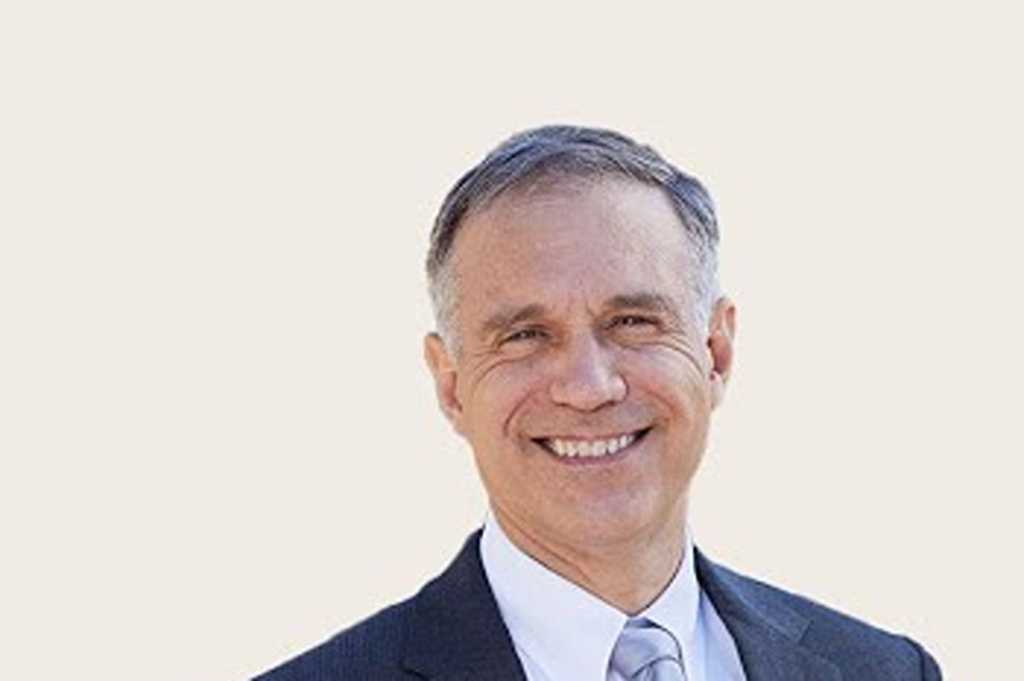CIO.com’s Shane O'Neill speaks with Christopher Davis, CIO at The Tile Shop, to discuss fast-moving, tech-enabled strategies to better engage customers in the home improvement sector, as well as letting cloud migration and AI integration lead by example.

The Tile Shop’s place in the home improvement and building products industry is testament to its strength in offering wide selections of natural stone and manmade tiles, along with maintenance materials and related accessories, in over 140 immersive showrooms across the US.
Founded in 1985, the specialty retailer now has 1,400 employees, and Christopher Davis, who joined as CIO in 2020, is responsible for leading a 25-person team to support the company’s myriad departments.
The home improvement sector itself has seen its share of disruption over the last few years, from supply chain challenges and economic pressures, to the fickle ways consumers buy products. As a result, priorities have shifted with the help of tech.
“People in general spend up to 15 months for a kitchen remodel,” says Davis. “It’s a long cycle of trying to figure things out, so we think about ways to help them do that faster, like upgrading our website, for instance, and continually looking at ways to tune it so customers quickly get the answers they want.”
One key tech initiative Davis oversaw to better serve customers and stay ahead in the industry was initiating a major cloud migration.
“We were behind when I first joined, so we’ve spent time to transform our technology footprint to move faster and deliver critical customer-facing tools,” he says. “We’re almost 100% cloud, and should be done by the end of the year. Our ERP system, point-of-sale system, and almost every tool we’ve selected over the last four years has been cloud-based, which has allowed us to move faster and leapfrog in many cases.”
AI is certainly in the works, too, with the digital commerce platform upgraded, and showing incremental change on a constant basis. “We’re even using AI to generate product listing pages,” he says. “People look at Google and see who’s searching for long-tail searches like white subway tile for bathrooms. So we used gen AI to create a page for that. Those are amazing small wins that move the experience forward.”
Ultimately for Davis, no matter where responsibilities lie, it’s crucial to know the business, talk about it, and ask questions. “There’s a trust you build, so when you have conversations around technology, people know you’re thinking about the business and you want them to be successful in their particular role, whatever that is,” he says. “You think about how to help make people look good and be successful. So if you’re delivering things to make their lives easier, you’re going to be more successful.”
Davis also speaks about C-suite engagement, and the building blocks of productive and long-lasting teams. Watch the full video below for more insights.
On AI’s purpose: With AI, it all starts with the right data, and we’ve been working to build our foundation so we can get at the data and analytics we need. We’re also looking at AI for visualization capabilities and how we can help the design process be more effective. So the customer sees that picture, envisions what they’re hoping to see, and if they can see it, they’re much more willing to make the investment. By giving tools to our sales associates that make a difference, or the answers through analytics to help them make good decisions to help customers, I think AI is great provided you don’t use AI for AI’s sake. I remind myself that it’s a tool just like every other technology that needs to be used with a purpose in mind, to get the results or the return that the organization is looking for. As a CIO, I need to operate as a business person first, and a technologist second. You have to test it, prove it out, and learn some things. And in some cases, you just have to say, “not yet.”
On teams: It’s important to know your organization and its culture, and finding a good fit for the team you build and hire for. That’s a key factor to recruit and retain top talent. Just because someone’s the smartest person in the room doesn’t necessarily mean they fit the culture and can operate. I also remind myself that all the work we do is transient. You might build something, and it’s gone in three years, so part of the objective is to meet business needs, and knowing that what you learn and the relationships you build are what’s most critical. If you have those relationships, the team is probably going to have more fun, and they’ll value working as a team and feel success as they stay focused.
On customer expectations: Today, speed is everything in terms of delivery and how fast it can get there. Managing projects, you need to be on time, and delivering that product means we need to have good visibility with our entire supply chain, so we’ve had to deliver capabilities for that. People aren’t necessarily willing to wait, so we need to manage how to get product from overseas, which might be manufactured in Italy, Spain, or somewhere in Asia. It’s also being able to give visibility to our sales employees to help the customer understand their expectations since our selling process is a client-telling, consultative approach, so we’re constantly wanting to know what the customer is looking for. Plus, you see technology democratization you couldn’t have imagined before. That level of change means customers expect answers quickly, so our website needs to be faster. So we upgraded our website in order to make sure we had the speed and can deliver the capabilities that customers expect.
On retail industry shifts: Home improvement has been drastically up and down over the last several years, and our competition has changed. We’re seeing new products, new players in the industry, and E-commerce has just exploded, but brick and mortar omnichannel retail continues to exist. We have to fight in that challenging environment. There are also fewer tradespeople now, so that makes it challenging from a labor cost standpoint. And there are the technology demands to see how to simplify the installation process, or provide products that make it faster or more cost effective. My job is to understand all that as a backdrop, and then think about how to deliver capabilities for the organization in that competitive market. We have to make sure our forecast technologies are properly tuned and optimized. It’s a constant basis of response, so it’s about providing tools for our business so it can respond urgently when things change, and keeping the system stable so our retail sales associates aren’t disrupted, and our customers have what they need when they need it. That’s how we have to think about priorities.








